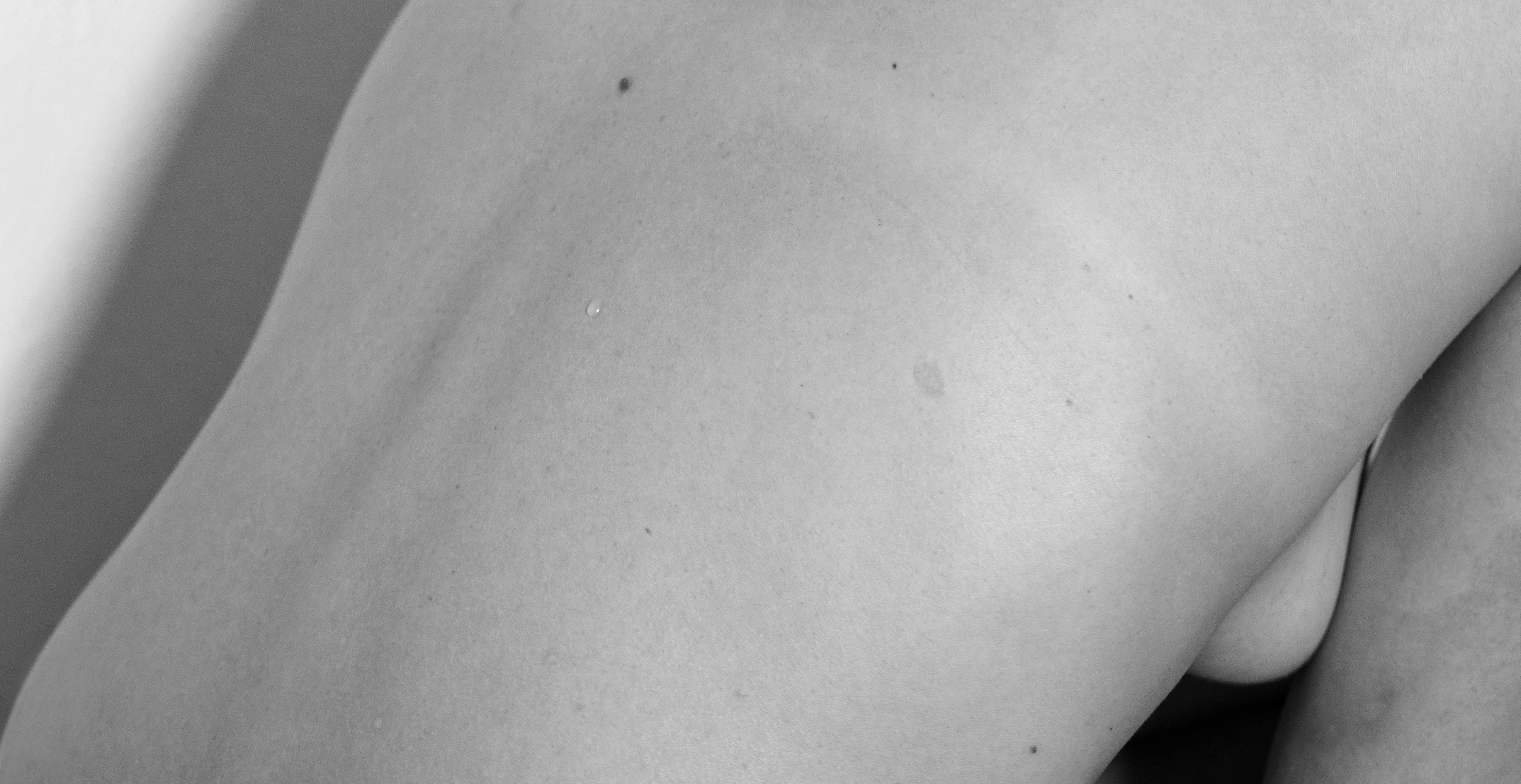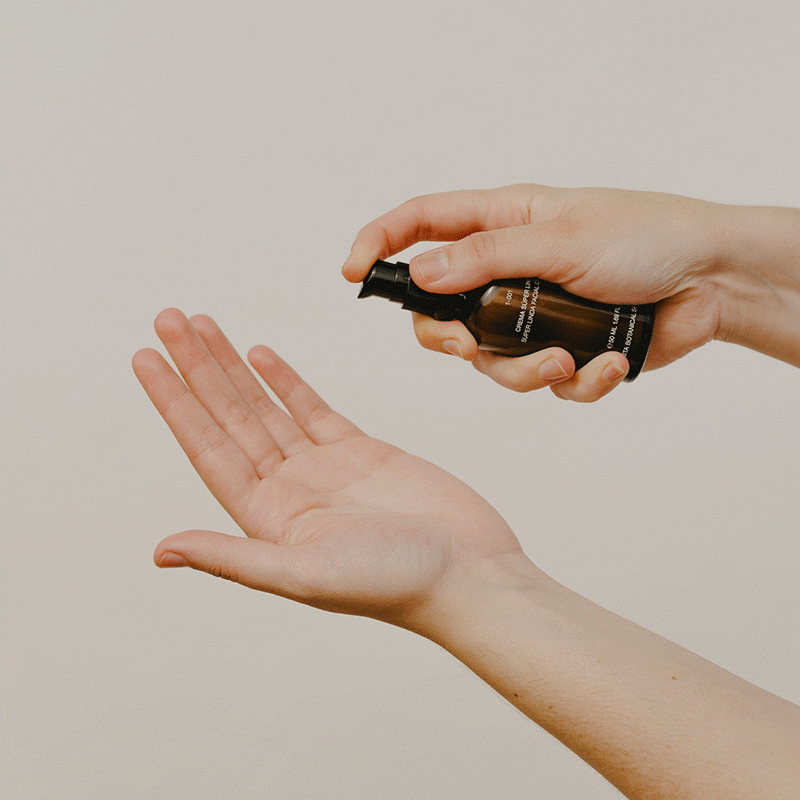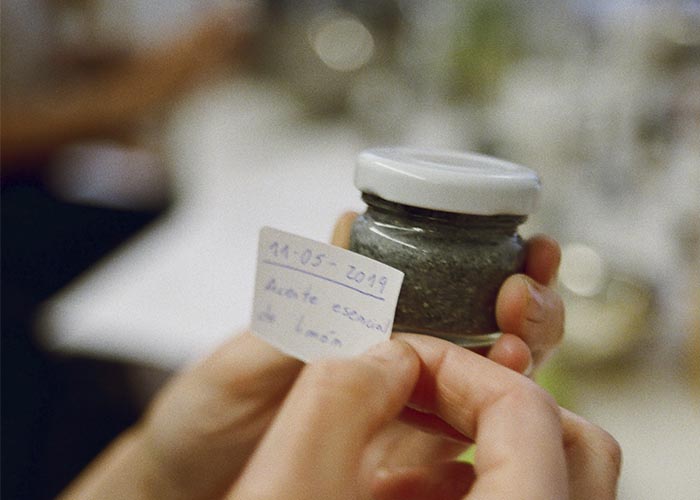
MICROBIOTA AND SKIN
First article by Marta Marcè our new collaborator.
Marta Marcè, naturopath and holistic kinesiologist certified by IGEM (Institut d'Estudis Guxens) and enthusiast of natural health and healthy living. He is dedicated to accompanying people in consultations and also to the dissemination of natural health through talks, workshops and his blog.
-
Much is said about the indispensable role of the intestinal microbiota (previously called intestinal flora) and its role in our digestive health. Its importance is such that it is on its way to being called its own organ, due to all its functions at the immune level, regulator of the nervous system, formation of neurotransmitters such as serotonin and hormonal modulation among others.
What is perhaps more unknown is that this ecosystem of bacteria, fungi and yeast that inhabits our intestine is not limited to living in it but is found throughout our body and one of the areas with the highest concentration of microbiota is the skin.
Scientists have discovered that these microorganisms not simply inhabit it, but protect it. Bacteria of the genera Lactococcus, Streptococcus, Streptomyces and Staphylococcus epidermidis stimulate the action of the skin's lymphocytes, which are responsible for protecting and repairing it. Other bacteria, such as those of the Propionibacterium genus, are related to the production of sebum, which regulates hydration and protects the integrity of the skin.
And the general set of skin microbiota exerts a barrier function against various environmental aggressions.
We also know that in some skin pathologies such as rosacea, atopic skin or acne, there are overgrowth populations of bacteria and others are decreased.
Taking care of the skin microbiota involves taking care of our intestinal microbiota. The bacteria in the intestine, the skin and the rest of the body are in constant exchange and communication, so good intestinal health is the best guarantee for good skin health. How can we do it?
How can we do it?
• Feed our “good” bacteria with plenty of prebiotics or fiber (fruits, fresh vegetables, seeds, whole grains and nuts).
• Take new beneficial microorganisms (kombucha, water kefir, coconut yogurt, pickles, probiotic supplements).
• Avoid foods that feed pathogenic microorganisms (simple sugars, refined sugars, unfermented dairy products).
• Take natural antibiotics such as garlic, grapefruit seed extract or cranberries. Taking care of ourselves inside we do “internal cosmetics” which is the best way to complement external cosmetics and have healthy and radiant skin.
Bibliography ⁃ Angélica Patiño L, Andrés Morales C. Skin microbiota: the skin ecosystem. (Spanish). Magazine of the Colombian Association of Dermatology and Dermatological Surgery [Internet]. 2013 Mar [cited 2020 Jan 27];21(2):147 ⁃ Rodrigues Hoffmann A. The cutaneous ecosystem: the roles of the skin microbiome in health and its association with inflammatory skin conditions in humans and animals. Veterinary Dermatology [Internet]. 2017



Leave a comment
This site is protected by hCaptcha and the hCaptcha Privacy Policy and Terms of Service apply.